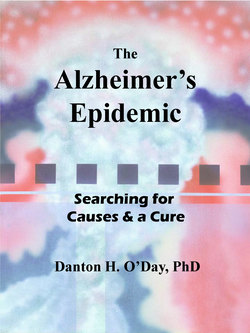Читать книгу The Alzheimer's Epidemic - Danton O'Day - Страница 21
На сайте Литреса книга снята с продажи.
The Pharmaceutical Landscape
ОглавлениеVarious pharmaceuticals have been approved worldwide to help with the neurodegenerative effects of Alzheimer’s and other cognitive diseases. As with natural remedies, we need to understand why these drugs have been developed and how they work. Is there potential for a cure with any of them or are they simply a short-term but still potentially valuable stopgap? To understand the value of these drugs and to gain more insight into the cause and progression of Alzheimer’s disease we will need to learn a bit about how brain cells work and how they break down in the diseased brain.
The basic truth is simple: we can’t expect to find a cure for Alzheimer’s disease until we understand why it occurs. We can’t just randomly pull a natural or a synthesized drug out of the air and expect that it will be the wonder drug for Alzheimer’s disease. We also cannot rely on unproven opinions and promotions that are presented on the Internet. Biomedical research needs to be done to understand how the disease starts and progresses and it needs to be done in a logical and sequential way though careful study. This is so results can be statistically analyzed to verify if the specific pharmaceutical actually works. How this is and should be done is detailed in later chapters. As we have seen, there is one prime candidate as a primary cause of Alzheimer’s disease. It is the little peptide amyloid beta that we introduced above. These deposits are believed to alter how brain cells work by changing their cell membranes and their inner workings and may in turn cause the formation of neurofibrillary tangles. Much of today’s research focuses on amyloid beta but it may not be alone in causing the symptoms of Alzheimer’s disease.
